Arowana status is certainly clashing with two parted in question. One is environmentalists and the other party is formed by aquarium hobbyists who are die-hard fans of this fascinating creature.
I myself can’t take sides because I am supporting both sides on certain grounds of their own. It is really difficult to understand this contradicting statement. Reason of aquarium hobbyists are in comparison easy to understand so for that argument let me first explain the point of view of environments.
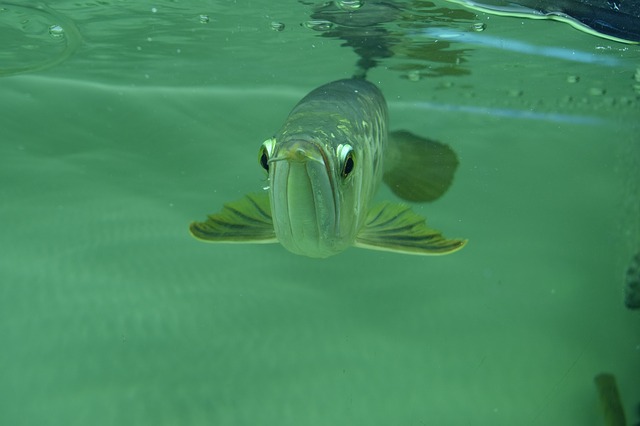
Not only the fascination of aquarium hobbyists have contributed to the immense popularity of this breed but also religious believes across cultures have also lifted up the desirability of the Arowanas. In Chinese cultures, they are regarded as some sacred symbol and are believed to bring good luck and prosperity to the family that takes care of Arowana. A similar belief is shared by several cultures in southeast Asia.
Having religious sanctions, Arowana status has sored to skies but in modern times as the population have raised to an enormous extent the demand of Arowana have also been an all-time high. With the increase in demand overexploitation of wild population of Arowanas started and that drove some strains Asian Arowana close to estimation. Here is when our environmentalist’s lobby had to set in and advocated a complete ban on keeping Arowanas in household conditions.
Also Check: 108 Must Know Arowana Facts || Death of a Pet
The concern is not only overfishing but also the inappropriate housed in conditions. Most of the times Arowanas housed in aquariums do not reach even their adulthood. This is cruelty in my opinion. So what about the status of Asian Arowana ?. Owing to these and several other reasons keeping or trading Arowana is banned in most of the countries. But does that mean that if you truly desire an Arowana they should you make up your mind otherwise with certainly not! Arowana babies bred in captivity with certified origin are allowed in the trade.
These are several certified Arowana breeding farms across the world from where you can obtain bred in captivity, microchipped and registered.
This is thought can ensure problems for both sides of the spectrum, those who want them in aquariums. If followed strictly this can be an ensure but to our misfortune, human greed comes in play. Due to the overbearing price of Arowanas bred in captivity customers choose lower-priced caught from the wild specimens. This fuel Arowana illegal trade.
Weather Arowana status will ever be changed or not but I do wish that at least all Asian Arowanas we see in aquarium trade may be certified. This may be not immediately but in a couple of generations’ time Arowana status may change endangered to least concerned.
An introduction to the history of the evolution of Arowanas
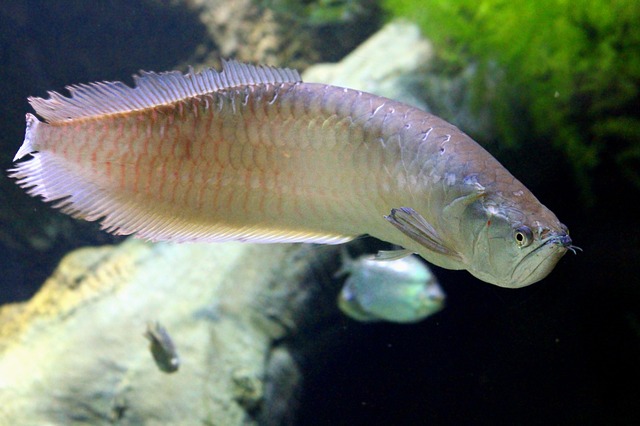
Arowana is one of the most ancient freshwater fishes present on the planet. The history of evolution o Arowanas is dated thousands and thousands of years ago starting from the cretaceous period let me walk you through the history explaining the evolution of Arowana. Right from the appearance of ray-finned fishes and appearance of Osteoglossidae and later splitting of lustration and Asian Arowanas. So here is “history of the evolution of Arowanas”.
Also Check: Red Eared slider turtle ban in India || English Grey Hound Origins and Grooming
First appearance of Arowana fish
In zoological terms Arowana fish are classified into “Osteoglossiformes” order with their suborder being “Osteoglossidae” of the suborder Osteoglossidae Arowana fish are then placed into “Osteoglossidae” family. Don’t be started by these terms by the end of it these will come easy to you.
The ancestors of our modern-day Arowana fish of first appeared thousands and thousands of year ago during ‘cretaceous’ period. Ancestors of modern-day Arowana fish were based teleost. Teleost is actually ray-finned fishes in which an arrangement of bones extends to the extremities the ancestors of our modern-day Arowana formal a part of their world.
Different strains in the evolution of Arowana fish
Teleost’s evolved into several strains. Several of those strains are extinct now during different reasons. This conclusion is drawn by several fossil evidence that was gathered around the world. A strain of these basal teleost’s survived and stayed of evolving through ages. This strain is known as arapaima. This line of Osteoglossidae formed the base of what we have known the arapaima of the great amazon. Of all the other families of Arowana fish, African Arowana fish is closest to the genetic makeup bone structure. Physical attributed and some other feature are common between Osteoglossidae and arapaimidae that essentially points them to be of the same family, still, some scholars and experts insist them own reasons to support.
Likewise, arapaimidae and African Arowana fish is considered to be of one genus but they are very different from each other.
Other than these two families these two families are also considered to the linked with each other. These two families were also one family thousands of years ago. Separate lines were created when Indian and Australian plates started drifting apart.
By the account of this, it can be estimated that the split occurred sometime towards the end of the Jurassic period.
This split has the lid to the development of separate Australian Arowana fish of which we know two strains to exists.
About branch that we talked about and have drifted away with the Indian plate resulted in the line that had given us some of the most beautiful aquarium fishes.
Also Check: English Grey Hound Health Problem. || Tibetan Mastiff : Origin, Puppy, Size, Price in India
Evolution of Arowana fish in modern times
The evolution of Arowana fish in modern times is mostly limited to Asian Arowana fish. The great arapaima of amazon and two strain of Australian jardini Arowana were not being fancied by local culture heritage, so they have not shown any diversification.
The Asian Arowana has been influenced by south-east Asian culture and has been bred for countries now for specific colours and feature. The Asian Arowana has caught the fancy of modern aquarium hobbyists and they have been punishing for new strains for colours and scale counts. This is turn have forced breeds to experiment with breeding practices. Every now and then we come across new varieties and new colors of Asian Arowana fish.
The physical appearance of Arowana fish
In this work, we are going to elaborate basic physical feature of both of the major Arowana fish families ie the ariapaimidae and Osteoglossidae. Meaning of describing the physical appearance of Arowana fish families is to let you identify all four lines very clearly. I will not go into details of every to known breed because it will come later when we will take breeds one by one. For not now I will describe the general physical appearance of Arowana fish families. Precisely just explaining enough to develop a common understanding.
Identifying all Arowanas Fish Families
This particular topic will be discussed in a very detailed fashion when we will take up each individual breed separately. For now, I will only account for small details just to help you clearly distinguish one family from another.
The physical appearance of arapaima
I will arapaima is instantly recognize able there is no denying of the fact that a fish this big really doesn’t need describing.
Arapaima is one of the biggest freshwater fishes. They are native of the amazon river. A fully grown arapaima can reach 7 feet – 9 feet in length. Although some specimen has been reported to reach as long as 14 ft.
Also Check: Chart Polski grooming : A Helpful Guide || Chart Polski Origin : Proposed Theories and reality
Arapaima is dark grey in colour and has a dark greenish background hue over their entire body. The shade of colour may vary from specimen to specimen. They have reddish marking over their scales close to the tail. It has been proposed that their native name ‘piracy’ came from this feature which means redfish in native Brazilian language.
Another theory suggests that the name ‘piracy’ is given to arapaima because of their orange-red meat.
An adult arapaima can weigh an excess of 200 kg. there are several other aspects and topic to discuss that we will take when we will describe arapaima in detail.
Identifying African Arowana fish
African Arowana fish is also known as nil Arowana fish they are sometimes wrongly referred to as black Arowanas fish. Actually they are dark goldish brown. Small juveniles are several shades darks and thus they appear to be black.
At first glace African Arowana fish appears to be similar to be silver Arowana but they are remotely related. Infect African Arowana fish is very closely related to the arapaima, although they do not grow as big as their Amazonian relative.
African Arowana may reach up to 1 m or 3 feet in length. Their bodies are slender and toper towards the end of the tail. The body is thicker at the centre. Head profile is a little similar to arapaima.
They have 9-12 rows of scale along the length of their body. The size of the scales is small when compared to the Osteoglossidae family. Scales are more rounded in the form if compared to Australian or Asian Arowana fish.
As in the case of arapaima, these are several things to take but will take them up when we will address African Arowana fish in particular.
Identifying Australian Jardinii Arowana
There are two known strains of Australian Arowana fish. Both of them are commonly known as Australian bony tongue fish. To inexperienced eyes, they both appear the same. But there are some fundamental differences between them. Let’s talk about Jardinii Arowana fish first. Jardini is known as Scleropages Jardinii and also by gulf Saratoga.
Jardini Arowana fish can grow close to a meter in size. Usually in wild and in a well maintained spacious aquarium they can attain a size between 30-35 inches. They are very similar in profile and appearance with Asian Arowanas fish. Differences appear when examined with teen eyes. They have a very particular colour that is dull brownish-gold. they have 7-8 rows of scales that are much smaller than the scale size of Asian Arowanas fish. there is also a very particular colouration to the scales of Jardinii Arowana fish. There is an arrangement of fishes red dots on each scale that are arranged in a quarter circle shape towards the end of each scale. Australian Jardinii Arowana fish lies on the heavies’ side of the weight spectrum. Specimens close to a meter’s length can easily exceed 15-16 kg of the weight limit.
The other strain of Australian bony tongue fish is called as either Scleropages Leichardt or southern Saratoga. They appear to be similar but differences are visible between two adults of separate strains. The southern two Saratoga is light than Jardinii with a meter long specimen weighing only in the vicinity of 4.5 kgs. Their backs are also flatter and bodies are visible slender than the Jardinii Arowana fish. One thing or feature that stands out is the batter on scales of southern Saratoga. Instead of several dots arranged in a circular shape close toward extremities of scales in Jardinii, southern Saratoga has just one pinkish-red dot or spot in the centre of the scale. This particular feature makes them instantly recognize able.
Also Check: Chart Polski Origin : Proposed Theories and reality || Red Eared slider turtle ban in India
Identifying Asian Arowana fish
Like arapaima, Asian Arowana fish doesn’t need any elaborate describing. No, they are not as vast as arapaima but they are most sought after Arowanas fish family. They are highly prized in Asian culture and are sought after as fish that bring growth and prosperity to a family that nurtures them.
They have the most striking colour range and are praised for their beauty imparted by shiny large 5-6.
Asian Arowana fish can grow close to a meter. They are stocky having width around 23-26 % of the body length. Scale counting along the length is 23-27 whereas in Australian Arowana there are 28-32 scales along the length.
We will take up a more detailed description when we will account for all commonly found Asian Arowanas.

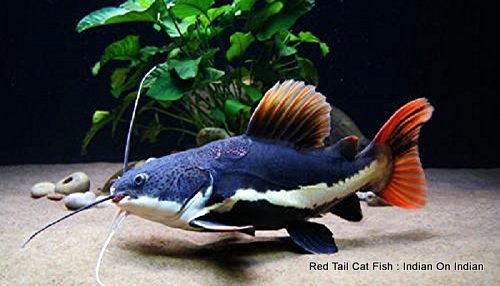
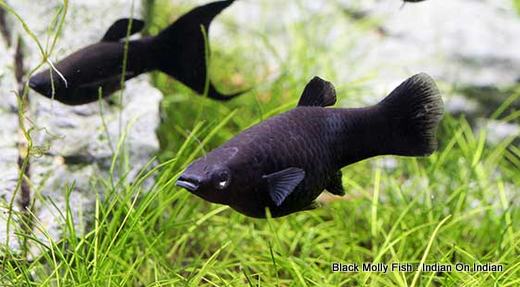
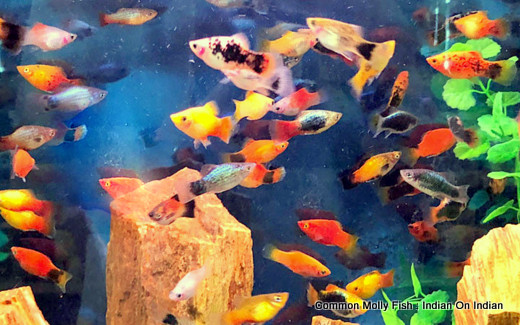
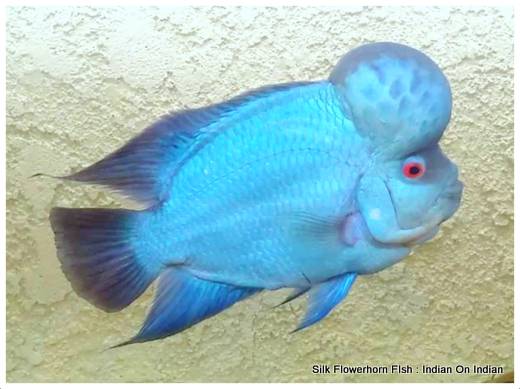

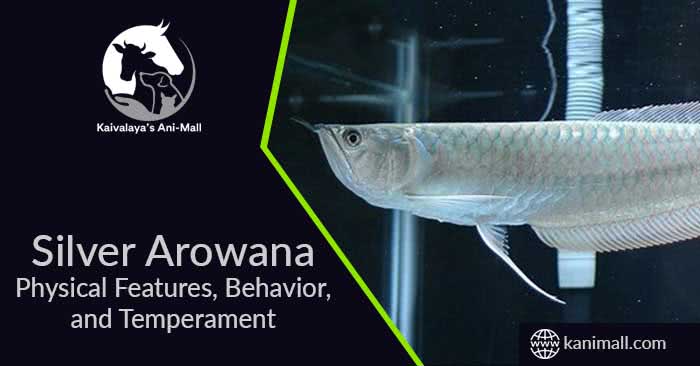
One Comment to “Arowana Fish : Introduction, Arowanas Fish Families”